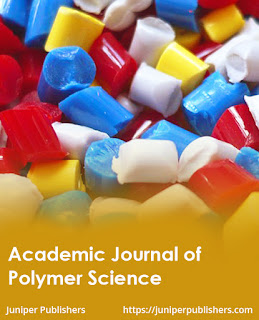A Review of Sulfur Vulcanization of Rubber-Juniper Publishers

JUNIPER PUBLISHERS- Academic Journal of Polymer Science Opinion Charles Goodyear discovered in 1839 that heating raw rubber with sulfur modified the rubber to retain its shape. Over the years, there has been an increasing trend to use more chemical curatives in rubber compounds. Excessive use of the chemical curatives is harmful to health, safety and the environment and their use is restricted by the new European chemicals policy, Registration, Evaluation, Authorisation and Restriction of Chemicals (REACH) and various legislations for environment and safety [1,2]. Sulfenamide accelerators and zinc oxide (ZnO) are used extensively to cure a wide range of industrial rubber articles. However, these chemicals cause eye, skin and respiratory irritation in human and are harmful to aquatic life. Zinc oxide was treated with N-tert-butyl-2-benzothiazole sulfenamide (TBBS) accelerator in ethyl acetate solvent to provide a convenient single material component to use as
